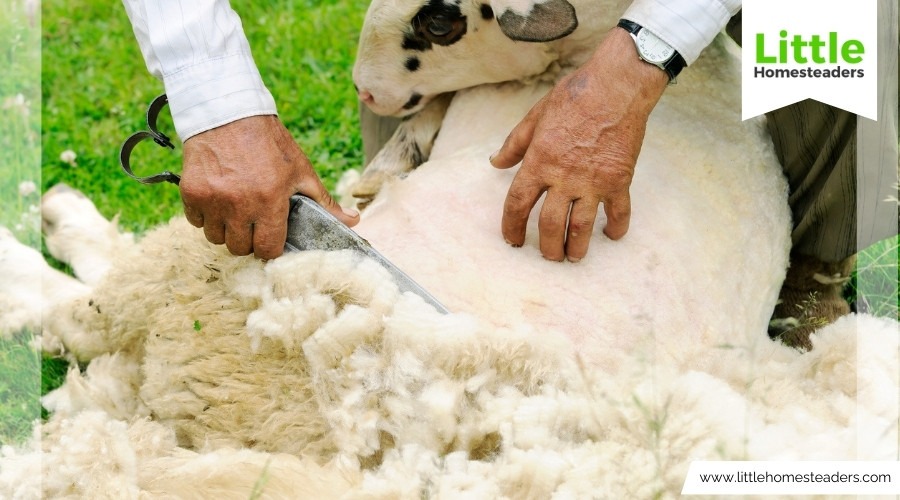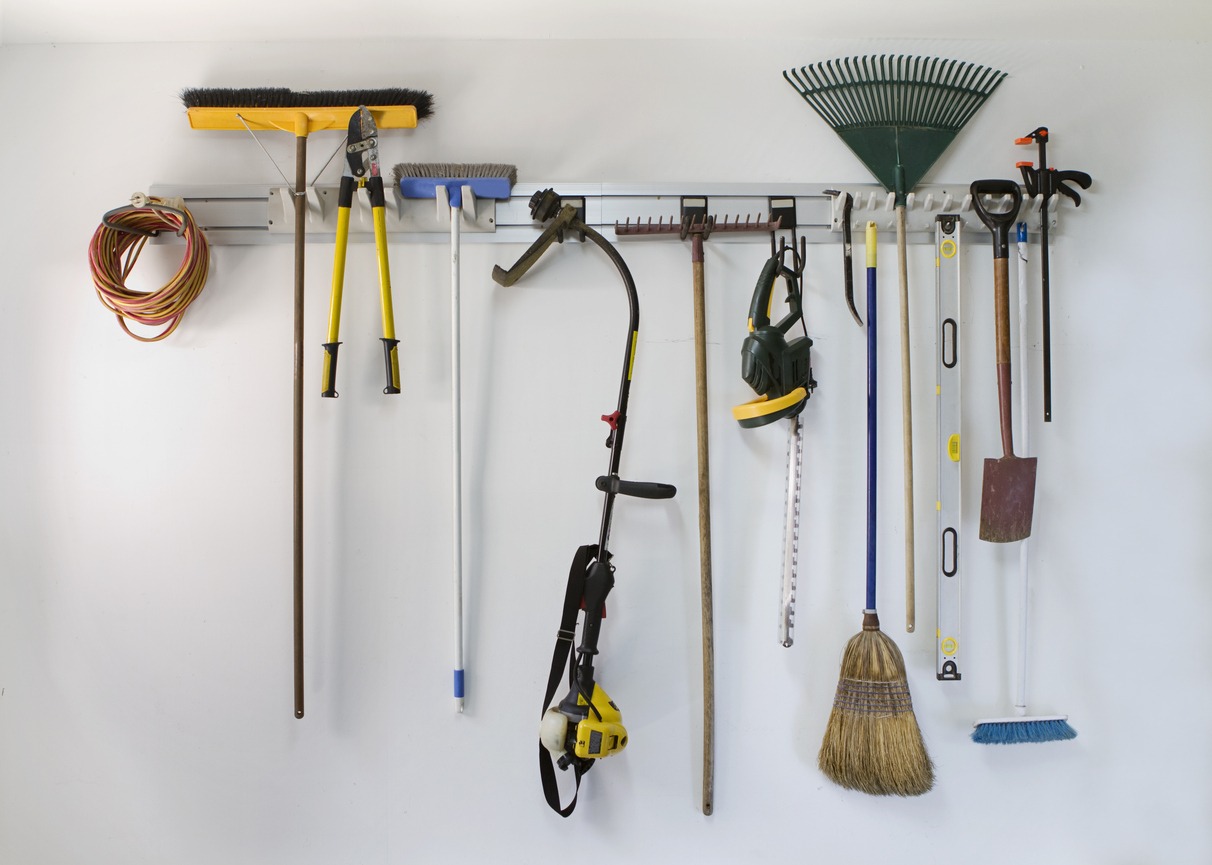Must-Have Tools for a Successful Homestead: What Every Homesteader Needs
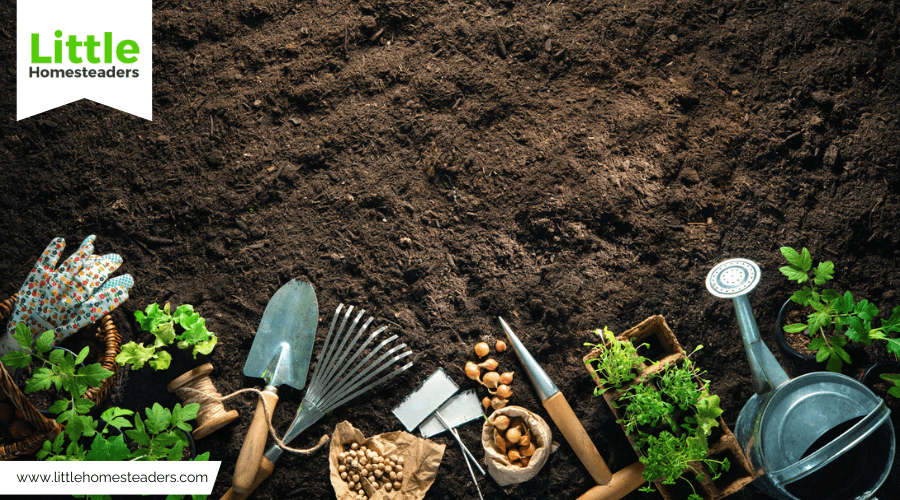
Homesteading is a rewarding journey of self-reliance and sustainability. But every homesteader knows that success isn’t just about the work you put in—it’s about having the right tools to help you get the job done efficiently. Whether you're tending a garden, caring for livestock, preserving food, or handling unexpected repairs, the right equipment makes all the difference.
This guide outlines the essential tools every homesteader needs, from basic hand tools to advanced equipment for food storage and emergency repairs. Let’s dive in and build the ultimate toolkit for your homestead.
Essential Hand and Power Tools
Every homestead needs a solid set of hand tools, the kind you can rely on for years to come. Start with the essentials: hammers for driving nails, screwdrivers for tightening loose fixtures, pliers for gripping or bending wires, and a utility knife for slicing through everything from twine to tarp. These tools may seem basic, but they’ll quickly become your go-to solutions for countless tasks around your homestead.
Hand Tools
Don’t forget to include adjustable wrenches, allen keys, and needle-nose pliers for more specialized tasks. A handsaw is another must-have for cutting smaller pieces of wood when power tools aren’t an option. Invest in a good pair of pruning shears for trimming trees and shrubs, which will help keep your property neat and productive.
Power Tools
For larger or more complex projects, power tools are indispensable. A cordless drill is one of the most versatile tools in any homestead toolkit, perfect for everything from assembling furniture to fixing barn doors. Add a circular saw for cutting lumber and a reciprocating saw for tougher materials like metal or dense branches.
A power sander is worth considering if you plan on refinishing furniture or crafting wood projects. Additionally, a chainsaw is invaluable for cutting firewood or clearing fallen trees—an essential for homesteads with wooded areas.
Organization and Safety
To keep your tools in good condition and accessible, use storage bins, pegboards, and magnetic strips to organize your workspace. A good pair of work gloves protects your hands, while safety glasses shield your eyes during construction tasks. Always keep a variety of fasteners—like nails, screws, and anchors—on hand for repairs and building projects.
Garden and Soil Preparation Equipment
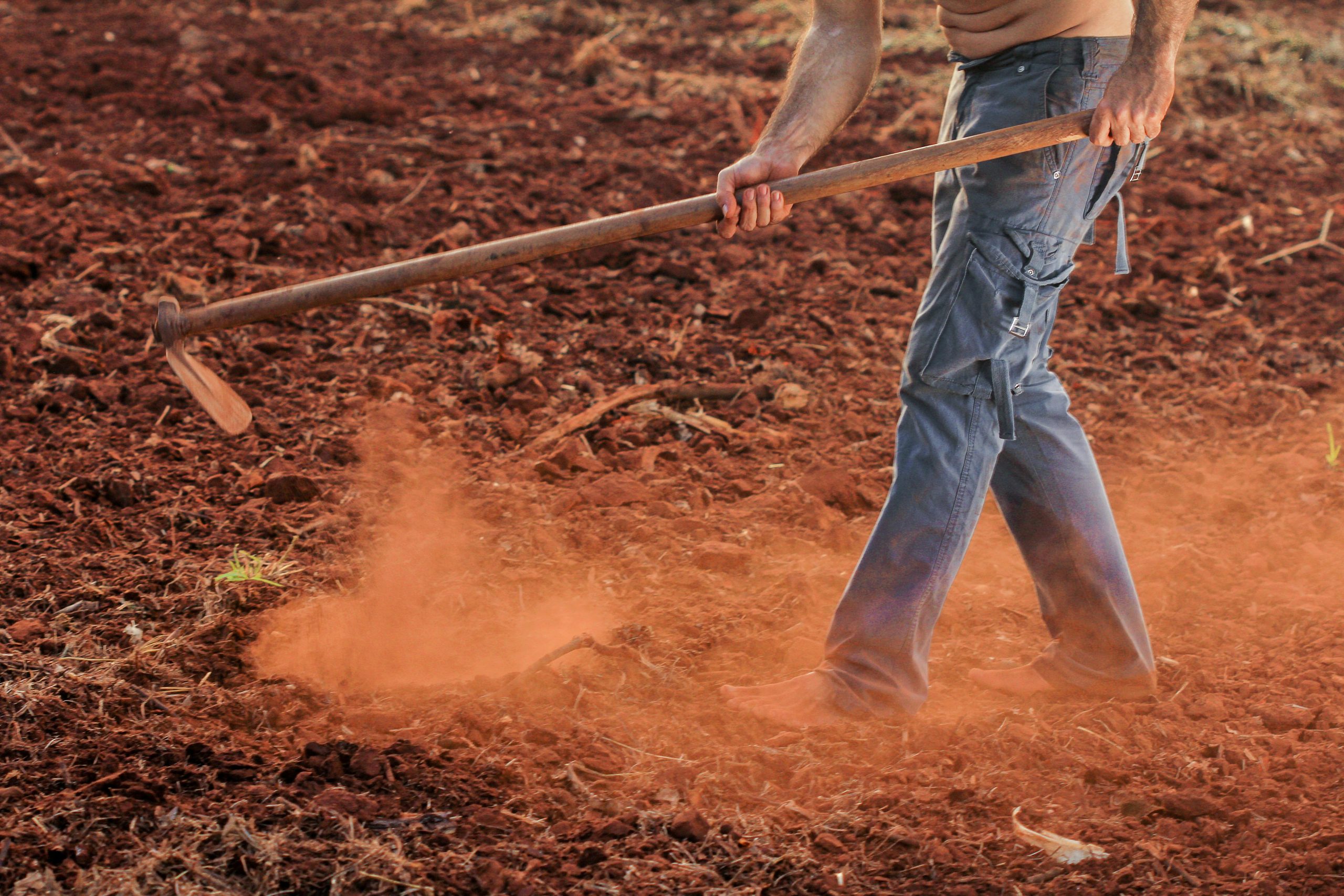
The garden is often the centerpiece of a homestead, providing fresh produce, herbs, and flowers. Success starts with the right tools to prepare your soil and nurture your plants.
Soil Aeration and Tilling
A broadfork is indispensable for loosening compacted soil without damaging its structure, allowing roots to grow deeper and water to penetrate evenly. Pair this with a garden hoe, which is perfect for weeding, shaping seed rows, and breaking up clumps of soil.
A rototiller is another excellent tool for larger garden plots, saving you hours of manual labor when preparing planting beds. For smaller spaces, a digging fork works wonders for incorporating compost and turning over soil.
Composting and Soil Management
Healthy gardens need healthy compost, and a compost thermometer ensures your pile reaches the right temperatures for effective decomposition. Add a soil sifter or screen to separate fine soil from debris, which is especially useful for repotting or preparing seed trays.
Additional Must-Haves
Include pruners for maintaining trees and bushes, watering cans, and a garden hose with a quality spray nozzle for efficient irrigation. A wheelbarrow is invaluable for transporting soil, compost, or plants around your property.
Livestock Management Necessities

If you’re raising animals on your homestead, having the right tools ensures their health, comfort, and productivity.
Daily Essentials
For feeding and watering, sturdy buckets and a wheelbarrow are must-haves. A pitchfork is essential for spreading bedding or cleaning stalls, while a shovel is great for removing manure and maintaining cleanliness.
Grooming and Health Care
Regular maintenance is key for livestock. Invest in hoof trimmers for goats or horses and clippers for grooming. Keep a utility knife nearby—it’s a lifesaver for quick fixes, like cutting baling twine or repairing straps.
A basic livestock first-aid kit should include antiseptic spray, bandages, and wound ointment. Don’t forget a thermometer and a stethoscope to monitor your animals’ health.
Containment and Safety
Strong fencing materials, halters, and leads help secure and move larger animals. For poultry, invest in nesting boxes, heat lamps, and predator-proof chicken wire to keep your flock safe and comfortable.
Food Preservation and Storage Tools
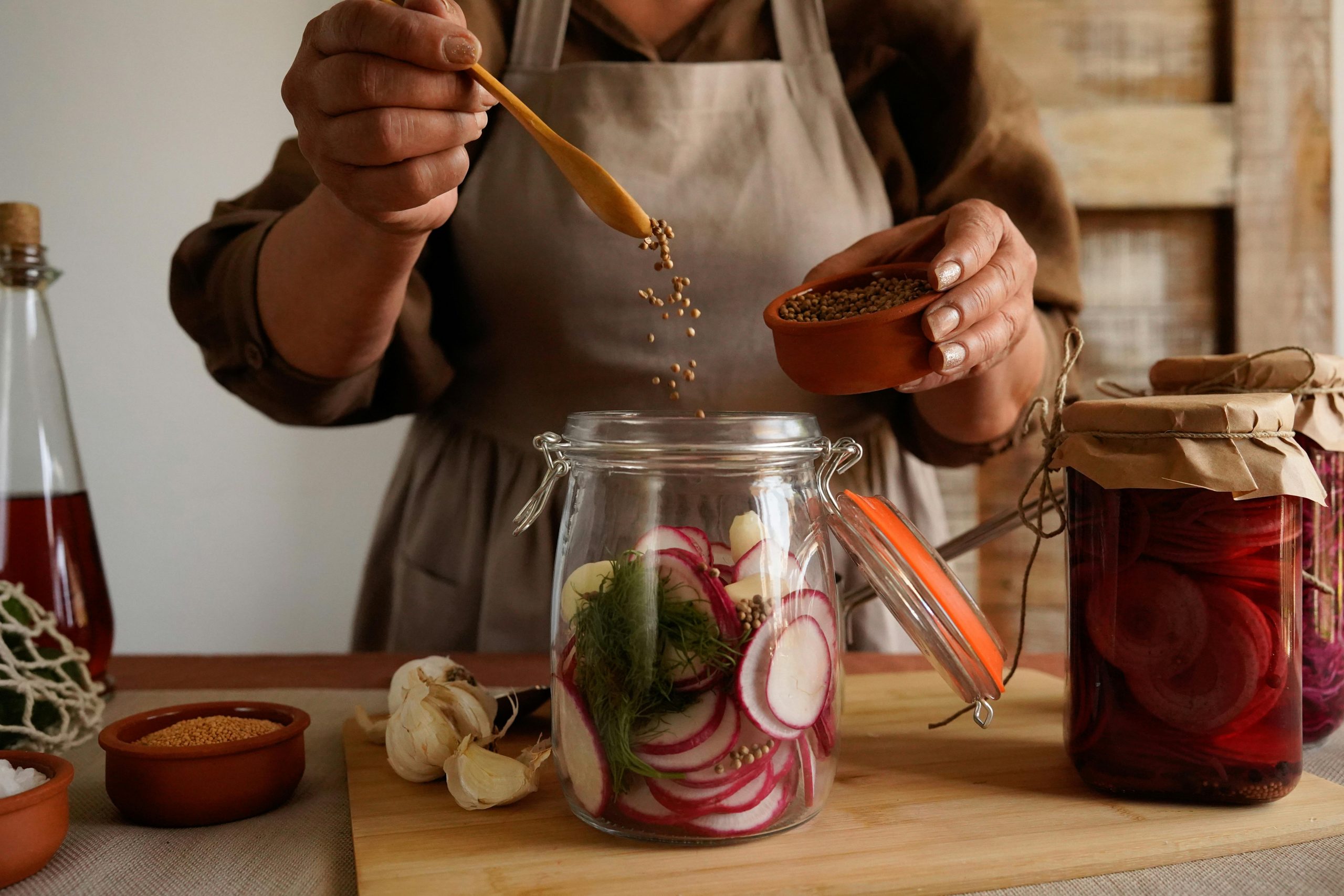
Preserving your harvest is one of the most rewarding aspects of homesteading. With the right tools, you can enjoy fresh, homegrown food all year long.
Canning Essentials
A pressure canner is a must-have for preserving low-acid foods like vegetables, meats, and soups. Pair it with durable mason jars and airtight lids to ensure long shelf life. For beginners, a water bath canner is an easier alternative for high-acid foods like jams and pickles.
Dehydrating and Freezing
A food dehydrator allows you to preserve fruits, vegetables, herbs, and even jerky. It’s perfect for creating snacks or lightweight ingredients for long-term storage. For larger harvests or bulk meat, invest in a chest freezer or an upright freezer to keep everything fresh.
Bulk Storage Solutions
Dry goods like grains, beans, and flour require food-grade buckets with airtight lids to protect them from pests and moisture. Add vacuum sealers and oxygen absorbers for extended storage life.
Emergency and Repair Supplies
Homesteads are full of surprises, and being prepared for emergencies ensures that small problems don’t become major setbacks.
Plumbing and Electrical Repairs
Always keep spare hoses, clamps, and connectors for quick fixes to plumbing or irrigation systems. For electrical repairs, stock extension cords, wire connectors, and replacement fuses.
General Repairs
Include adhesives, sealants, duct tape, and a staple gun in your repair kit for fixing broken structures or patching up fencing. A crowbar or pry bar is useful for demolition or removing nails during construction tasks.
Portable Kits for Accessibility
Assemble small emergency repair kits for your house, barn, and workshop. Each kit should include basic tools like a multi-tool, replacement parts, and a flashlight with extra batteries.
Conclusion
Building a thriving homestead takes more than hard work—it requires the right tools to get the job done. By investing in high-quality, durable equipment and keeping it well-organized, you’ll be ready to handle whatever challenges your homestead throws your way.
From garden tools like the broadfork and compost thermometer to livestock essentials like hoof trimmers and first-aid kits, every tool serves a purpose in helping your homestead flourish. Remember to choose tools that fit your needs and keep quality in mind—they’ll save you time, money, and frustration in the long run.
With this toolkit at your disposal, you’ll not only be prepared for success but also enjoy the satisfaction that comes from creating a sustainable, self-sufficient lifestyle.

